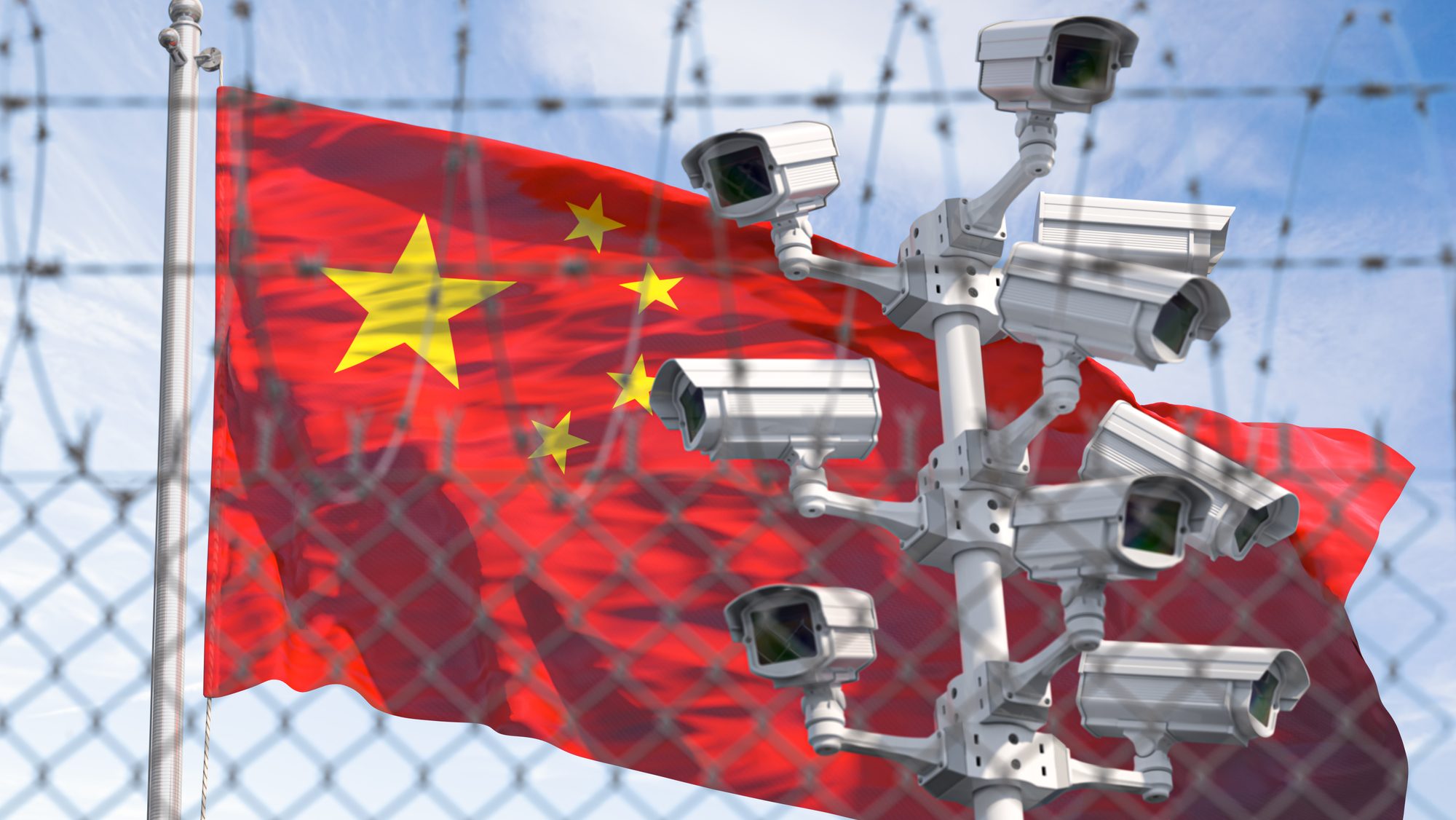A cursory look at China Daily, Global Times, and People’s Daily yielded nothing on Tiananmen Square. A Google search eventually uncovered a Xinhua News Agency page dated October 1, 2024, headlined: “Flag-raising ceremony held at Tiananmen Square to mark the 75th founding anniversary of PRC.”
The irony is hard to miss. Tiananmen Square, where Chairman Mao Zedong declared the founding of the People’s Republic of China on October 1, 1949, later became synonymous with the Tiananmen Square tragedy. On June 4, 1989, troops opened fire on thousands of pro-democracy demonstrators gathered in the square, killing an untold number. Estimates have ranged from 200 to several thousand.
Beijing allows no remembrance of the tragedy — no mention on social media, no candlelight vigils. Australia’s public broadcaster ABC reported on June 4 this year that “China is using AI to erase the history of the Tiananmen Square massacre.” The Hill, an American publication, marked the anniversary with an article headlined “When even remembering is a crime.” The article begins by noting how Gao Zhen, an artist who created a work honouring the victims, is now in a Beijing jail awaiting sentencing on charges of “slandering China’s heroes and martyrs”.
A different world
The world was in turmoil when the massacre occurred 36 years ago. The Soviet bloc was unravelling — the Berlin Wall would fall later that year, and Czechoslovakia’s communist regime collapsed in the Velvet Revolution that November.
In China, students were demanding political reform while industrial workers, dislocated by economic restructuring, protested layoffs at state-owned enterprises.
Though some leaders, such as Hu Yaobang and Zhao Ziyang, were sympathetic to the demonstrators, the hardliners led by Premier Li Peng prevailed. Paramount leader Deng Xiaoping denounced the movement before the crackdown. Whatever his role in the tragedy, he is more widely remembered for launching China’s market reforms, which opened the country to the world and laid the groundwork for its economic ascent.
We may never know what China might have become had the authorities chosen dialogue over a crackdown. Such speculation invites wistful fantasy — or perhaps a moving poem like Robert Frost’s The Road Not Taken.
Post-Tiananmen: China thrives
But there is no denying that China has thrived in the decades since. In his 2020 book Has China Won?, Singaporean scholar-diplomat Kishore Mahbubani writes: “The Chinese people have just experienced the best forty years of human development in four thousand years of China history… China today is a happy civilisation.” There are no tears shed for Tiananmen. The only reference found in the book is a passing sentence: “The close relationship between George H.W. Bush and Deng Xiaoping also helped to cushion the severe downturn in Sino-American relations after Tiananmen Square in 1989.”
Mahbubani even argues that a democratic China might have been more nationalist and expansionist. “There is no question that if China suddenly becomes a democracy,” he writes, “it would emerge with a leader as interventionist and imperialistic as [former US president] Teddy Roosevelt, not with a leader as restrained and noninterventionist as Xi Jinping.”
No matter whether one agrees with Mahbubani, China’s post-Tiananmen transformation has been astonishing. Its rise has reshaped the global economy — lifting millions out of poverty and lowering the cost of consumer goods. That affordability is due to China’s ability to manufacture at scale, with efficiency and sophistication few can rival. Even as Apple diversifies production — including making iPhones in India — it cannot walk away from China, home to the world’s most advanced factories.
From electric vehicles to solar panels, China has surged ahead in key sectors. Affluence has grown under one-party rule. “An expanding middle class of business people and intellectuals, many trained abroad, is achieving material success and new status as part of a professional elite,” write W. Scott Morton and Charlton M. Lewis in China: Its History and Culture. “Workers and peasants, on the other hand, are suffering severe hardship from disorienting change.” Like all societies in flux, China bears stresses and strains.
Yet on balance, the success story is undeniable. In 1989, China’s economy was smaller than those of Spain, Russia, and Brazil, according to World Integrated Trade Solution (WITS). The bicycle was the primary mode of transport. Today, China is the world’s largest car market and second only to the United States in civil aviation.
Was this transformation wholly a result of Communist Party rule? We can’t say for sure. After all, other East Asian economies — Japan, South Korea, Taiwan — have achieved similar prosperity under democratic systems, though on a smaller scale, as their economies and populations are smaller.
What we do know is that China’s re-emergence today is unlike its imperial past in one critical respect. As Henry Kissinger observed in his book, On China, “Through many millennia of Chinese civilization, China was never obliged to deal with other countries or civilisations that were comparable to it in scale and sophistication. India was known to the Chinese, as Mao later noted, but for much of history it was divided into separate kingdoms. The two civilisations exchanged goods and Buddhist influences along the Silk Road but were elsewhere walled off from casual contact by the almost impenetrable Himalayas and the Tibetan Plateau.”
That difference gives a sharper edge to today’s Sino-American rivalry. A reigning superpower is confronting a rising one — a power that, in its imperial glory, never had a peer.

